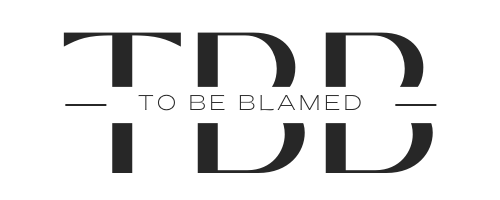As usual let’s start with the definition:
“the use of imagination or original ideas to create something; inventiveness.”
Most of us link creativy with art or those guys in marketing but it’s far more wide than that. More importantly it’s not something the lucky ones have and most of us are condemned to live without any.
Creativity doesn’t need to be about creating something original necessarily, but it’s about to link different ideas, experimenting and see what happens. Sometimes a creative idea might result out of a mistake on a different idea (e.g. like the well known case of the post-its).
But why does creativy matter? Well it’s about transforming what we have around us and improve things. If we always do the same things again and again we would never evolve and that’s how we have been moving forward. Evolution would not have happened without creativy.

How can you foster creativy?
Very simply put I would say is try something new. Go out with the kids and play with them, imerse in their way to see the world and maybe those playful explorations in the weekend might result in a productive idea during the following week in the office.
Learn a new instrument or a new hobby or just revive an old one. Go for a walk and appreciate the nature around you.
Another important layer to creative is to surround yourself with people with different ideas than yours. If your workplace is not diverse enough, then find ways where you can interact with people from different backgrounds and different experiences than yours. For instance attend an event of a topic you wouldn’t normally listen to. You might be surprise with what you find.
How can you apply creative ideas at work?
If you work in marketing or any creative related job I guess you will be by default more used to this concept. For those of us that do not, it might be about applying the most crazy simple idea that pops in your mind to address a problem. You will only be able to generate those ideas if you apply the points above. If you do the same thing for weeks, months and years this will be harder and harder to achieve. Like milking a cow that has no milk left to give.
My own examples
First of all let’s just say I don’t consider myself a creative person, even though I like to draw, write and photography. But those juicy ideas don’t come to me naturally. However, I tend to be good at finding workarounds for problems and probably that comes from different expiriences I had over time and because I have been lucky to work in international environments and completely different people.
(Warning: project jargon ahead)
When we started to work in Agile back in 2017 most of my team was struggling to understand how to apply agile into building a new feed from system A to B because by nature those tend to be waterfall, you need someone to write the perfect requirements, then someone to write the perfect specification that maps out those requirements into something the technical team could then code. No way you could do that into “sprints” of 2 weeks.
Agile was all very new for us, so the idea that popped into my head was to use Lego. Yap, so I explained that a feed could be seen as a lego house, but a house needs to be build from the foundations. So we could break the work in blocks first, initially make the foundations (in the case of building the feed, mapping source A to destination B), then you could build the inner walls (e.g. how the data would be loaded in the target system after being mapped out), and then the furniture (e.g. work on the automation and any key controls), finally you could work in the bells and wistles (e.g. additional controls and reporting).
Would you even think this is a creative example as such? Probably not, but by thinking of layering a concept everyone understood (lego and building houses) into something new (Agile) helped people to get a better picture on how this could be done.
Why does it matter for companies?
Well I hope this part is obvious. Unless companies embrace creatiivity and promote an environment which allows everyone to have a moment to reflect to get those juicy ideas flowing, they won’t move forward with new products and services or even better ways to deliver value. The risk is competition will!
If companies want to continue to be at the top of the game and contiuing growing they really need to ensure evolution continues to happen. The consumers for sure will, at a pace higher and higher than never. Either leaders think ahead or they stay behind.
Further reading:
11 ways for more innovative ideas

Pingback: When less is more | FYI, you're TBB
Pingback: The age of burnout | FYI, you're TBB